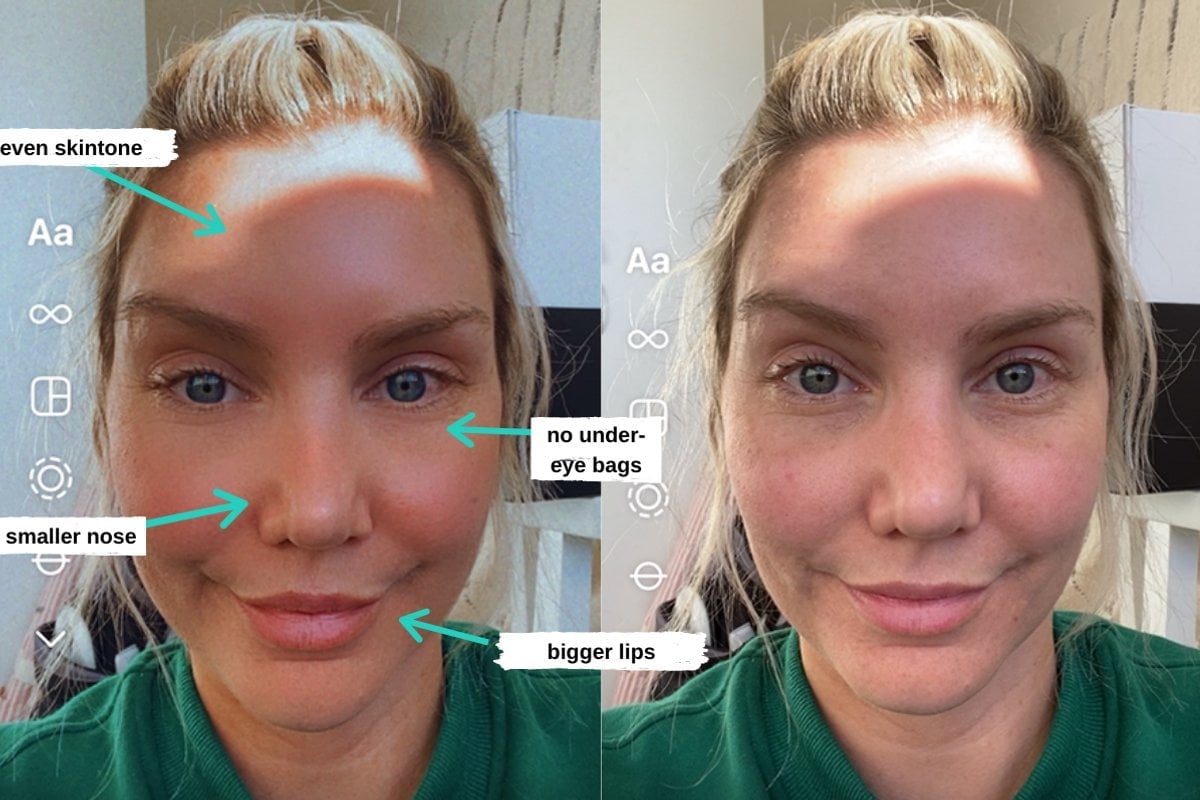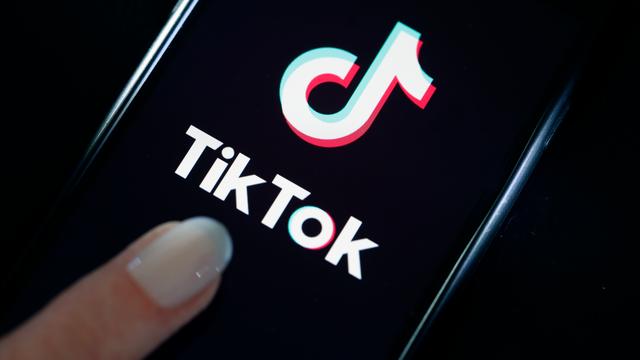Who hasn’t used a filter for their selfie on Snapchat or Instagram? It all started with the dog ears and flower crowns, but gradually the filters have become more focused on giving you blemish-free skin and full lips. This edited version of our face might make us think that what we see in our mirror isn’t good enough. I, too, am guilty of using these filters and thinking I might look better if my lips were just a little thicker or my eyes just a little brighter. The danger lies in when we would rather see ourselves with a filter, rather than seeing ourselves just as we are. However, this can sometimes be difficult, especially when social media is a place where everyone and everything seems to have to be so perfect. Let’s talk about how filters may change our perception of ourselves and can create a lack of confidence.
Filters and Body Dysmorphia
Various social media platforms such as Snapchat, Instagram, and TikTok offer selfie filters as a feature on their services. This feature is not as innocent as it may seem, as it sets unrealistic beauty standards. This has been found to trigger mental health issues such as extreme insecurity and even body dysmorphia, causing people to obsessively overthink and imagine perceived physical flaws. The social media platform Snapchat (which first introduced and popularized the use of selfie filters) got the ‘honor’ of being mentioned in the term ‘Snapchat Dysmorphia’, which got coined in 2018. This term is used to describe the problematic trend of insecurity due to selfie filters and the surge in cosmetic procedures as a result of this. The selfie filters have even inspired some new treatments in the cosmetic field, such as ‘the gold microinfusion facial’ which makes your skin appear airbrushed just like in the filters.

The Fox Brow, BBL and More…
Body-image researchers argue that indeed, these filters are problematic as they can severely damage the self-image and drive people to cosmetic surgery.
A study was conducted where a group of young people was asked about their motivation for their cosmetic surgery. The results were shattering, and show that the selfie filters are indeed a driving force behind the upsurge of cosmetic surgeries amongst youngsters. Cosmetic surgeons explain that very often, clients bring a filtered selfie of themselves as an example of how they would like to look after their cosmetic surgery. It is also notable, that the clients that these cosmetic surgeons deal with are becoming increasingly younger, with more and more clients of the age of as young as 16 years old.
With supermodels such as Kendall Jenner and Bella Hadid as an inspiration for this trend, the ‘Fox Eye’ has gained immense popularity amongst young women. Filters regularly use this almond-shaped, upturned eye as a face-altering feature, oftentimes combined with extra plump lips. To get this look, make-up techniques have been shared and gone viral on TikTok and Instagram, going as far as shaving off half of the eyebrows in order to manipulate their natural shape. However, the trend also knows a more permanent manner of achieving its look through cosmetic surgery.
Sources
https://www.beautycrew.com.au/cosmetic-surgery-trend-fox-eyes
https://edition.cnn.com/2020/02/08/tech/snapchat-dysmorphia-plastic-surgery/index.html
https://www.womenshealthmag.com/beauty/a33264141/face-filters-mental-health-effect/



Recent Comments